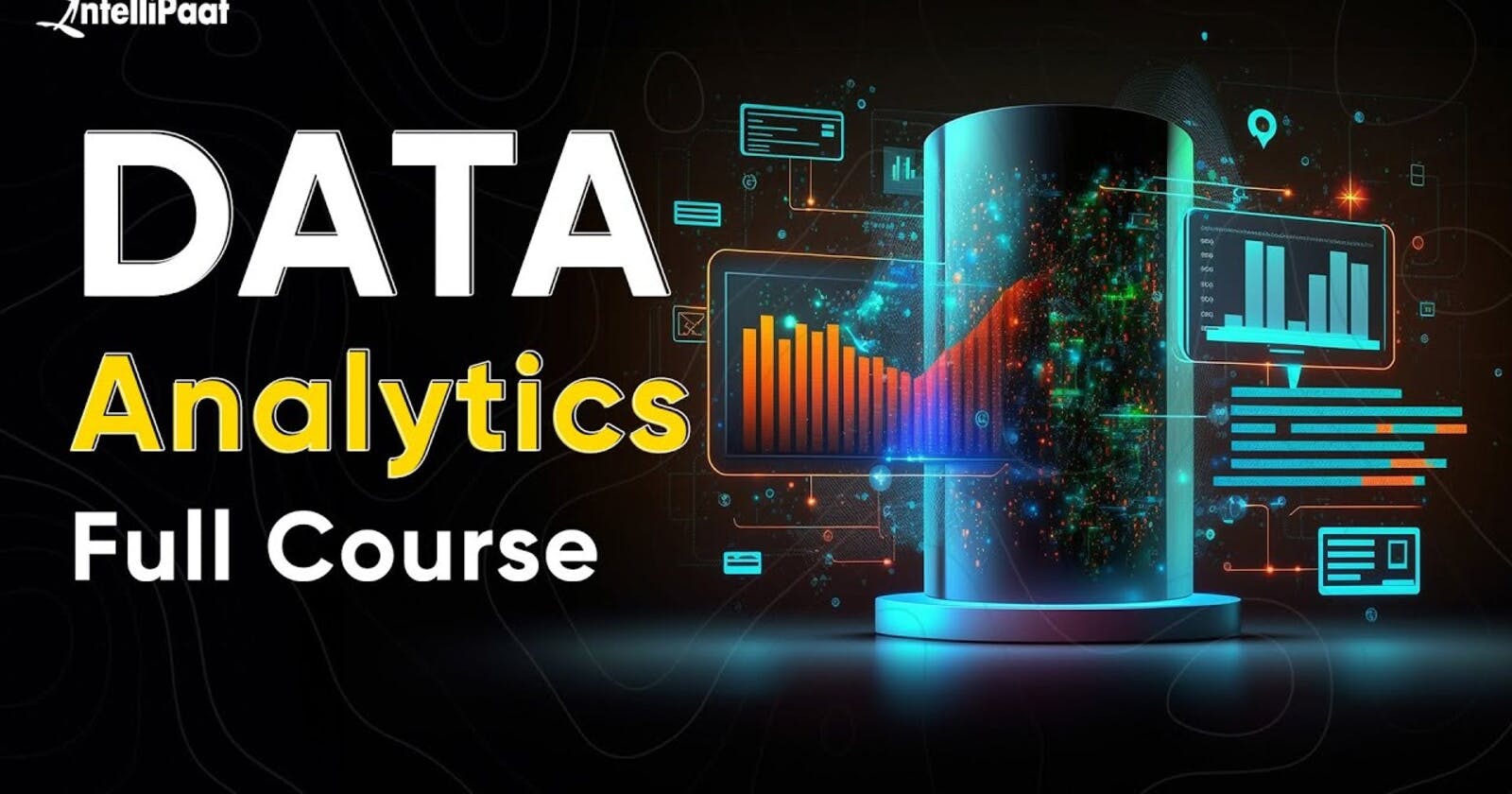In today's digital age, data plays a crucial role in decision-making across various fields, from business to healthcare to education. As we collect more data, the need to analyze and make sense of it becomes increasingly important. Two key aspects of working with data are analysis and visualization. While they are often used together, they serve distinct purposes and offer different insights. In this blog, we'll explore the differences between data analysis and visualization in simple terms.
Understanding Data Analysis
Data analysis is the process of inspecting, cleaning, transforming, and modeling data to discover useful information, draw conclusions, and support decision-making. It involves applying statistical and mathematical techniques to understand patterns, trends, and relationships within the data.
Let's break down the key steps involved in data analysis:
Data Collection: The first step is gathering relevant data from various sources. This could include surveys, databases, sensors, or any other means of data collection.
Data Cleaning: Raw data often contains errors, inconsistencies, or missing values. Data cleaning involves identifying and correcting these issues to ensure accuracy and reliability.
Exploratory Data Analysis (EDA): EDA involves exploring the data visually and statistically to understand its characteristics. This may include summarizing data, identifying patterns, and detecting outliers.
Statistical Analysis: Statistical techniques are applied to analyze relationships and make predictions. This could involve regression analysis, hypothesis testing, or clustering methods, depending on the objectives of the analysis.
Interpretation: The findings from the analysis are interpreted in the context of the problem or question being addressed. Conclusions are drawn, and recommendations may be made based on the results.
Data analysis is essential for extracting actionable insights from data, identifying trends, making predictions, and optimizing processes. However, analyzing raw data alone may not always effectively communicate the findings to others.
Are you curious about how data analytics can transform raw information into valuable insights? This Data Analytics Course is here to guide you through the basics and beyond!
Understanding Data Visualization
Data visualization is the graphical representation of data to communicate information effectively. It involves creating visualizations such as charts, graphs, maps, and dashboards to present data in a way that is easy to understand and interpret.
Let's explore the key aspects of data visualization:
Choosing the Right Visualization: The type of visualization used depends on the nature of the data and the insights being communicated. Common types of visualizations include bar charts, line graphs, pie charts, scatter plots, and heat maps.
Enhancing Understanding: Visualizations help to simplify complex data sets and make patterns and trends more apparent. They enable stakeholders to grasp insights quickly and make informed decisions.
Storytelling: Visualizations can be used to tell a story or convey a narrative about the data. By arranging visual elements in a logical sequence, visualizations can guide the audience through the data analysis process and highlight key findings.
Interactivity: Interactive visualizations allow users to explore data dynamically by filtering, sorting, and drilling down into specific details. This enhances engagement and enables users to discover insights tailored to their interests.
Aesthetics: Well-designed visualizations are aesthetically pleasing and easy to interpret. Design choices such as color, typography, and layout can significantly impact the effectiveness of visualization.
Data visualization complements data analysis by providing a means to communicate insights clearly and compellingly. Visualizations enable stakeholders to grasp complex information at a glance and facilitate data-driven decision-making.
Key Differences
Now that we've explored data analysis and visualization separately, let's highlight the key differences between the two:
Purpose: Data analysis focuses on extracting insights and understanding patterns within the data, while data visualization focuses on presenting those insights in a visual format that is easy to understand.
Techniques: Data analysis involves applying statistical and mathematical techniques to analyze data, while data visualization involves creating graphical representations of data using tools such as charts and graphs.
Audience: Data analysis is often performed by data scientists or analysts who have expertise in statistical methods, while data visualization is designed for a broader audience, including decision-makers, stakeholders, and the general public.
Output: The output of data analysis is typically numerical summaries, statistical models, or predictions, while the output of data visualization is visual representations such as charts, graphs, and dashboards.
Interactivity: While data analysis is primarily a static process, data visualization often includes interactive features that allow users to explore the data and gain deeper insights.
Conclusion
In conclusion, data analysis and visualization are both essential components of the data-driven decision-making process. Data analysis involves examining and interpreting raw data to uncover insights, while data visualization focuses on presenting those insights in a visual format that is easy to understand and interpret. By combining the power of data analysis with the communicative strengths of data visualization, organizations can harness the full potential of their data to drive innovation, improve efficiency, and make informed decisions.
